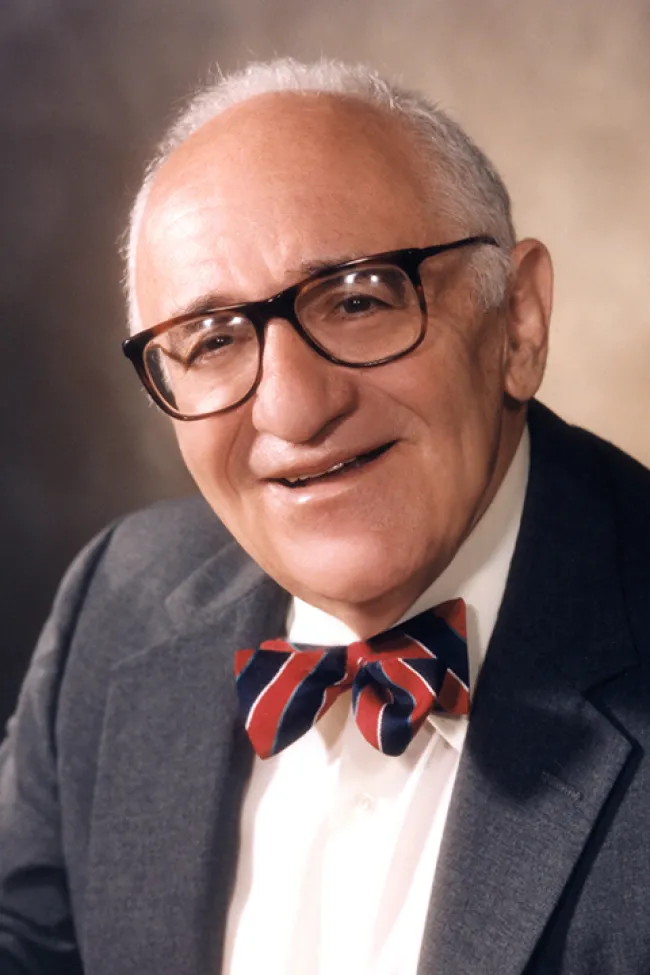- Downloads:
- Americas Great Depression.pdf
- Americas Great Depression_Polish.pdf
- Americas Great Depression.epub
This book applies Austrian business cycle theory to understanding the onset of the 1929 Great Depression. Rothbard first summarizes the Austrian theory and offers a criticism of competing theories, including the views of Keynes.
Rothbard then considers Federal Reserve policy in the 1920s, showing its inflationary character. The influence of Benjamin Strong, the Governor of the New York Federal Reserve Bank, was especially important. In part, his expansionary policy was motivated by his desire to help Britain sustain the pound. Strong was close friends with Montagu Norman, the Governor of the Bank of England.
After the 1929 crash, Herbert Hoover followed an interventionist policy that prefigured the New Deal. He favored keeping wage rates high and thus contributed to rising unemployment. Against the popular stereotype, Rothbard shows that Hoover was not a partisan of laissez-faire.

No content found

Murray N. Rothbard made major contributions to economics, history, political philosophy, and legal theory. He combined Austrian economics with a fervent commitment to individual liberty.
We must realize that the two most powerful motivations in human history have always been ideology and economic interest, and that a joining of these two motivations can be downright irresistible.
The revolutionaries include the pamphleteer writing in his study, the journalist, the agitator, the organizer, the campus activist, the theoretician, the philanthropist.
November 11 was once known as Armistice Day, the day set aside to celebrate the end of WWI. In this essay Rothbard discusses the war as the triumph of several Progressive intellectual strains from the late 19th and early 20th centuries.
Kansas City: Sheed and Ward, 1975, pp. 11-38; Auburn, Mises Institute, 2000.

